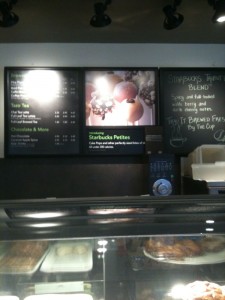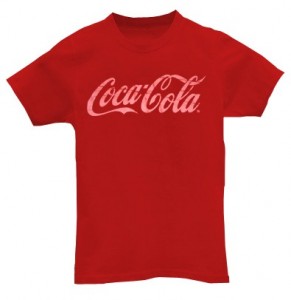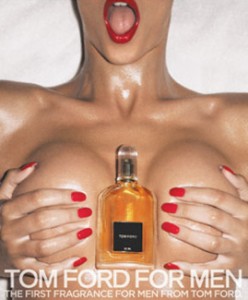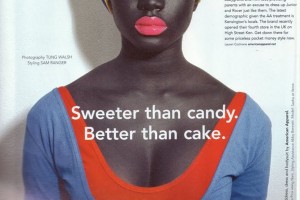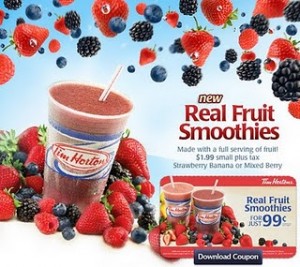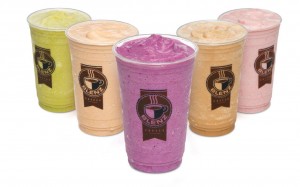For my final blog, I wanted to reflect on my journey through the course. Before starting the class, I assumed marketing was simply the way business professionals advertised their products.
I can honestly say that I have come a long way since thinking that.
A great deal of my learning came from lectures, when Elaine would enthusiastically explain marketing concepts. However, I believe more of my growth occurred outside of the classroom, where I was able to apply my new found knowledge to real world examples. This course encouraged me to look beyond the superficiality of advertisements and analyse what the marketer was trying to accomplish. This analytical logic prevailed throughout the semester, as I captured many photos that I thought were relevant to the course.
The first two pictures I snapped at Starbucks, while getting my morning dose of caffeine. I realized that all of the menu boards had changed, and that Starbucks had introduced a new line of sugary treats. Starbucks had also just released their newly branded logo. I believe these pictures embody multiple concepts discussed this semester including brand awareness, repositioning, and new product lines.
I took this picture at a Vancouver Giants game, where I was instantly drawn towards the mini-blimps giving away free prizes. As I was staring at them, I realized what a brilliant marketing tactic it was, since the whole crowd was staring at these Alaska Airlines branded blimps.
I think that the greatest piece of knowledge that I took away from this course was the idea that marketing is all around us. These are just a few examples of the many pictures I took this year, however they exemplify how marketing has influenced the way I perceive things in my everyday life.
